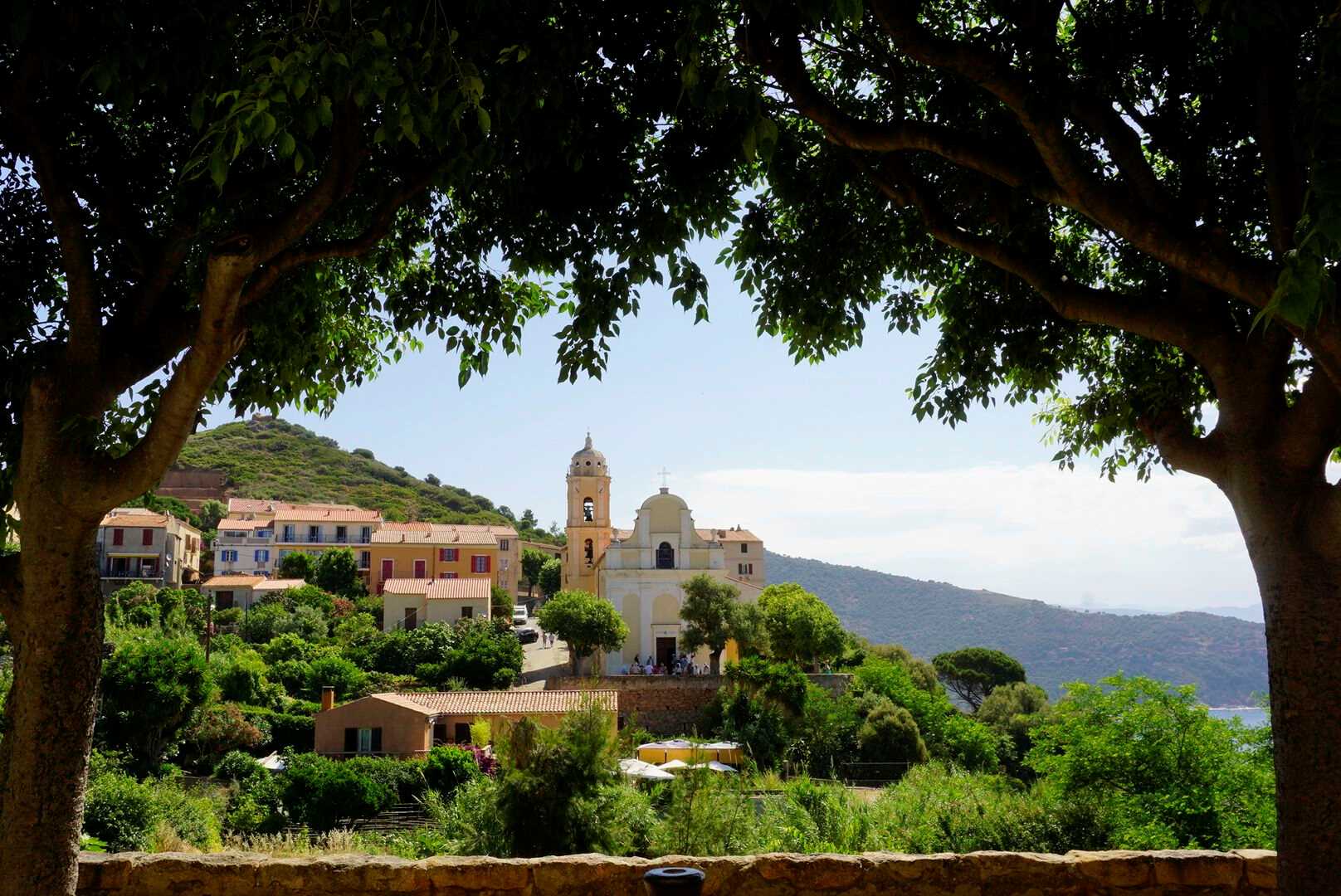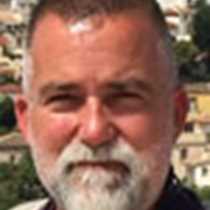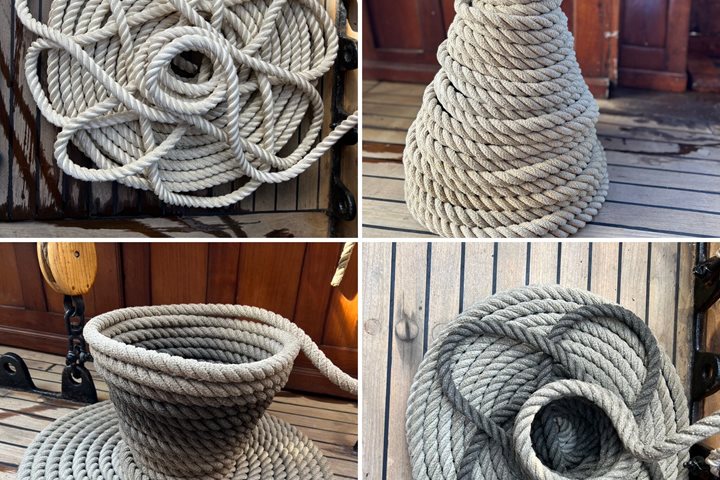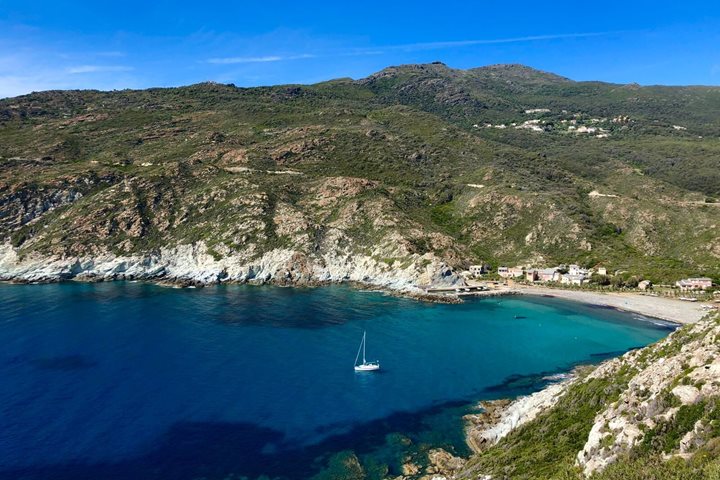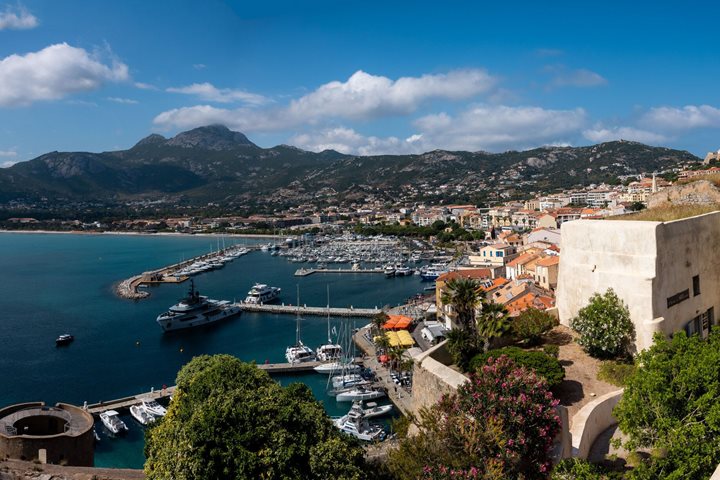The morning was bright and the sea calm as we sailed into Ajaccio harbor. We docked at 8:15 a.m. The docking and line handling is always interesting to watch as it is no easy task to berth a 350-foot, 2500-ton sailing vessel with no bow thrusters. Our captain and his crew did it flawlessly. We boarded our coaches for our first stop at the Greek village of Cargese. The original Greek settlement was founded in the late 17th century to give refuge from the piratical attacks on their islands in the Cyclades. We made a brief stop here and visited the lovely Orthodox Church with its nice icons and iconostasis–the screen of images separating the performance of the mass liturgy from the worshipers. Directly across stood the Roman Latin Catholic Church–a salient reminder of the unfortunate split between these two churches in the mid-11th century. We then boarded our buses for what I guess one could say is the Zion National Park of Corsica. The drive through San Sebastian Pass to the range of magnificent pink granite weather mountains in Calanques was spectacular. The wind and water have worn the hard granite into a vast multiplicity of extraordinary shapes. At one point, we passed a large stone that looked remarkably like the head of a dog. Upon our arrival in the scenic village of Piana, we stopped at the Le Maquis Restaurant for a delightful Corsican lunch. The restaurant overlooked a canyon and afforded beautiful views of the craggy mountains.
We departed at 2:30 and drove back to Sea Cloud. Some of us decided to visit Ajaccio and the rest boarded the ship for a well-earned rest. Tom Heffernan gave a talk on European languages at 5:15. The weather was perfect, and cocktails and conversation were buzzing on the Lido Deck. Dinner was served in the dining room at 7:30. Another fantastic day on Sea Cloud.

